Joyful Movement – By default, most fitness enthusiasts tend to concentrate on getting the perfect shape by following rigid routines, grueling workouts, and hitting appropriate targets. But is there something different about an approach that helps celebrate movement for its sake? “Joyful movement” is a philosophy primarily focused on finding pleasure in physical activities. This usually makes it a lot more sustainable and enjoyable. Unlike exercising with a sole focus on weight loss or an aesthetically pleasing body, joyful movement focuses on well-being and healthy, happy living, rather than physical goals.
Joyful Movement Your Path to a Healthier You:
Let’s explore how embracing joyful movement can be your pathway to a healthier, happier you.
What is Joyful Movement?
Joyful movement encourages you to actually like or be extremely passionate about physical activity. It changes the paradigm from exercise as some “chore” and makes it a way of celebrating what your body can do. The bottom line is that activities that make you feel good both in body and psyche shall make the way to be part of life rather than something felt obligatory in doing.
Instead of exercising as if it were punishment or a chore that needs to be done, joyful movement lets you reconnect with your body, listen to what your body needs, and discover what pumps you up about moving. Perhaps you’re dancing in your living room, hiking through nature, practicing yoga, or swimming in the ocean.
Benefits of Joyful Movement:
Engaging in joyful movement has several benefits to both physical, emotional, and mental health. It improves health by ensuring the following ways:
1. Physical Health:
Just like any other exercise, playful movement helps in good cardiovascular health, building of muscles, and endurance. However since you do not feel that you are doing the task because of compulsion, you are likely to endure with it for a long period, which benefits your body in the long run.
- Better Cardiovascular Health: Exercise activity strengthens the heart to function efficiently, reduces the tension in the blood pressure levels, and thereby minimizes the risk of heart disease.
- Better Flexibility and Strength: Practicing yoga, dancing, or Pilate activity flexes the muscles and makes them firm and rigid to aid effective movements and good posture.
- Raising Endurance: Any type of exercise such as walking, swimming, or cycling happy movements raise stamina and energy levels over time.
2. Improving Mental Health:
Well, the good news is that these physical benefits are only the start. Enjoying what you are doing can even release endorphins, or good-feeling hormones, which can uplift your mood and weaken symptoms associated with anxiety and depression.
- Reduces Stress: Happy movement has been the perfect method of dealing with stress. As simple as dancing or even walking in nature breaks tension and clears the mind for so much calm.
- Boosts Happiness: Doing what you love is most probably going to make you happy and fulfilled. This would enable you to have a better state of mind.
- Encourages Awareness: Most of the blissful movement encourages awareness, which helps you stay present and more aware of how your body feels. This actually makes you penetrate into your mind-body connection and elevates your level of self-knowledge.
3. Enhances Relationship with Exercise:
In fact, for many people, physical activity is often perceived as a strenuous or intimidating event; this is especially true for persons whose prior experiences with exercise may be characterized as being quite rigid or unrealistic in their demands. Joyful exercise facilitates much healthier attitudes toward the exercise experience.
- Lowering Pressure: There is no performance pressure or measures to measure in achieving; on the contrary, you are concentrating on how you feel inwardly and outwardly of the exercise.
- Build Motivation: Exercise always becomes fun. When an individual becomes more motivated, he can become more active and fit. He would no longer fear or procrastinate going to the gym; instead, the experience will be an opportunity for a joyful and energetic way to spend time.
4. Promotes Body Positivity:
Joyful movement is related to exercise, not an end in which you exercise in a way that molds you into a certain body form but rather in ways that enhance and celebrate your body’s strengths. It does promote body positivity as well as self-acceptance while empowering you to find the reasons to love what your body can do rather than how it looks.
Finding Joyful Movement:
If you have a sense of where to start, happy movement could feel as accessible as the question does, “What feels good to me?” Try different types of movement, pay attention to what feels resonant, and listen to your body.
1. Experiment and Try Different Things:
Be a kid again and try a bunch of stuff until you find something that’s fun and feels good-for instance, dancing, gardening, hiking, swimming, and playing with pets. If we’re going to “work out,” then it should be enjoyable movement.
- Dance: Take a dance class or dance in your house to your favorite music and get your heart pumping while having a blast.
- Spend time outside: Reinforce your relationship with nature, unwind a bit, and get movement to feel more natural and fun.
- Yoga or Pilates: Slow, controlled movements increase flexibility and relaxation in this more mindful exercise.
2. Concerned About How You Look:
Pay attention to how you feel while doing, and after, all kinds of movement. Are you revved up, relaxed, or empowered afterwards? Focus on things that leave you feeling good, both emotionally and physically. This can help them build positive habits and a sustainable routine.
3. Move at Your Own Pace:
Movement has nothing to do with pushing one’s boundaries but is a process of elegant movements that appropriately suffice for your body. You can settle on gentle stretches, rapid dancing, or long walks; you must honor your body’s capacity and pace.
4. Move Socially:
If you have also enjoyed your time with other people then ask some of your friends or members of your family to join you. You can have a group hike, dance class or go cycling in a group. The socialization while exercising is added flavor and motivation.
Moving with Joy for All Ages and Abilities:
One of the best things about joyful movement is that it’s adaptable to each age and ability. You could be young or old, fit or just starting, and there would still be a form of movement that can bring you joy. On the other hand, listen to your body and choose activities that work well for your physical health and lifestyle. Children must be played with, explored, and moved around in ways that they find comfortable and enjoy.
- Elderly Citizens: For the elderly, nice exercises could be as simple as gentle stretching, water aerobics, or walking that is useful in mobility and balance but not too harsh on the joints.
- People with Reduced Abilities: Not that you are working towards overcoming a form of disability, you can’t even find enjoyment in doing chair exercises, seated yoga, or simple stretches.
Conclusion:
Joyful movement as a refreshing approach to exercise is really a pleasure first, mindfulness second, and then the third one—well-being.
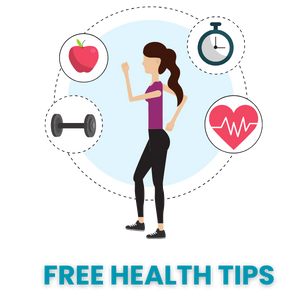





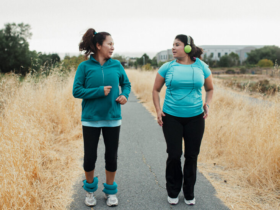


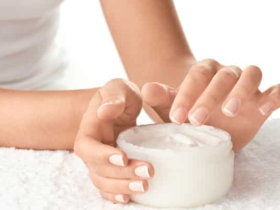




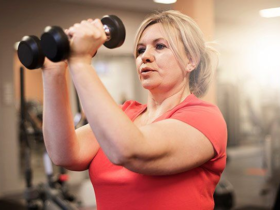
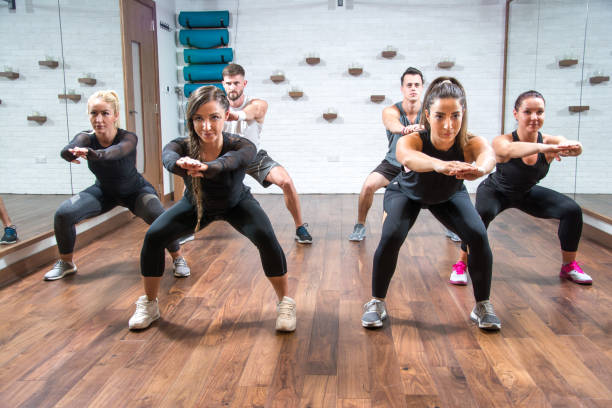
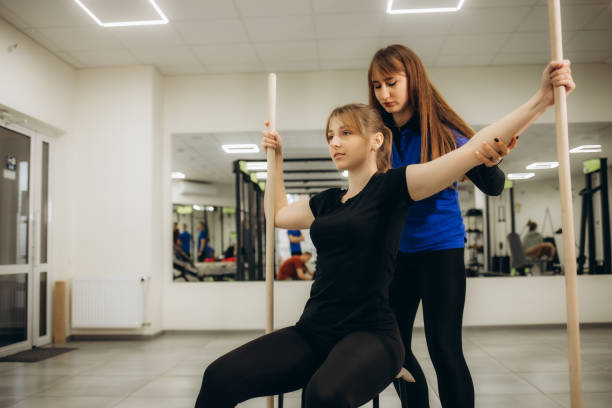
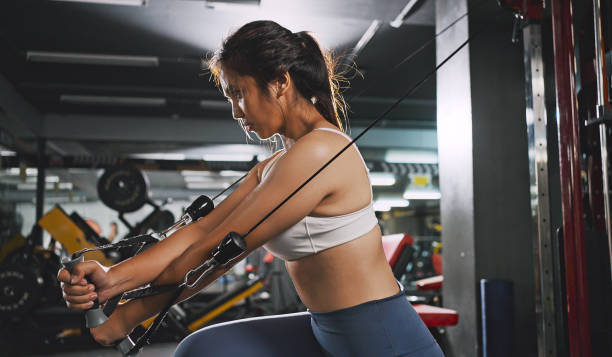
Leave a Reply